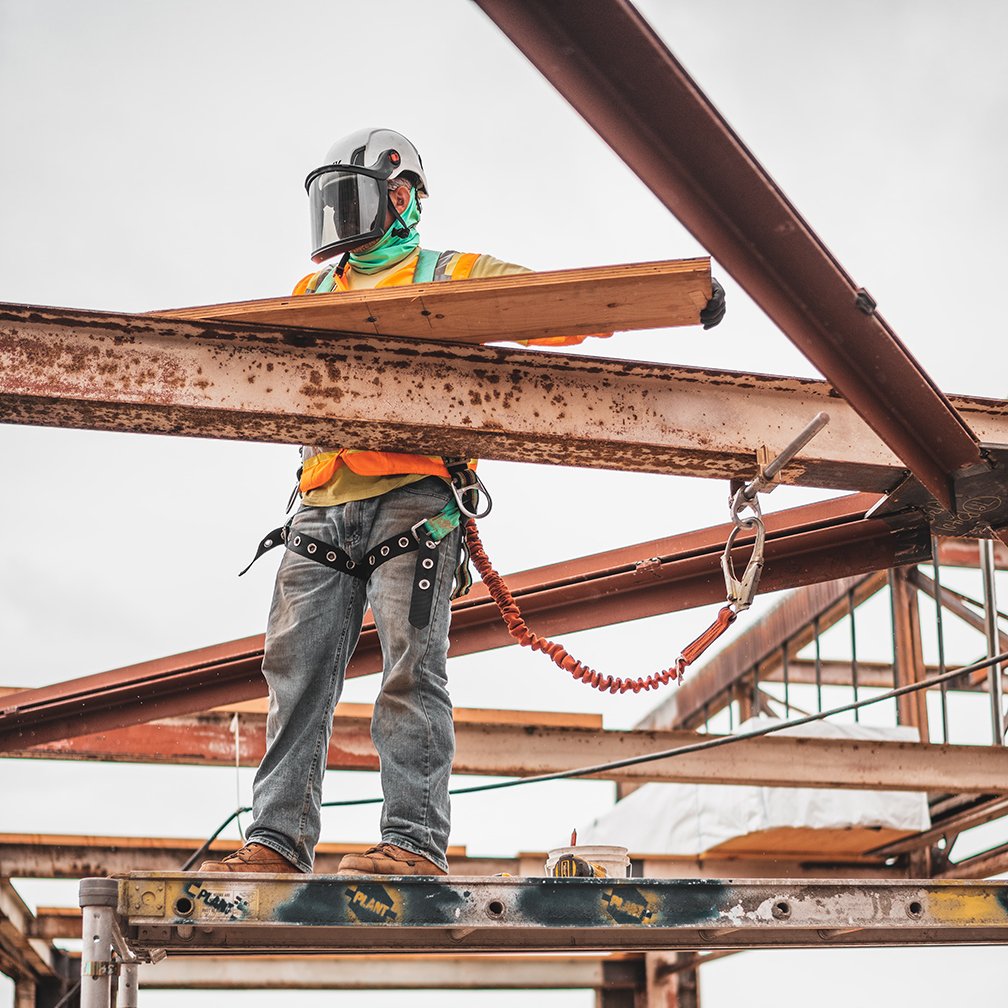Why is Safety Culture Important?
/In many cases, safety is deemed a company requirement but not a necessity for operation. It is commonly thought of by management as an obstacle that slows production and complicates processes rather than being promoted as a behavior that can improve every area of business. Safety ends up being pencil whipped on paper but not actively and consistently followed through with. This results in employers enforcing safety, albeit reluctantly, out of fear of being fined by the Occupational Safety and Health Administration (OSHA). In turn, employees do just enough where safety is concerned to keep from getting in trouble with management. Ultimately, this results in leadership failing to demonstrate safety in an effective manner – causing a trickle-down effect on the rest of the employees. Due to the lack of an established management system, the true vision of safety is not realized. Unfortunately, this can have dire consequences with serious repercussions for a company. In order to effectively solve the issue, a change in culture is needed.
Building a Strong Safety Culture
A culture based on safety is developed by recognizing the importance of reducing hazards and minimizing risks so that occupational injuries/illnesses do not occur. To accomplish this, safety must first be understood, then owned, and finally driven. This means that being safe must be influenced by the top management and then passed on down throughout the organization so that it can become conceptualized and made inherent in the actions of all employees. Such action results in safety becoming not only a responsibility while at work but also a way of life.
By owning safety, it is believed in, practiced, and promoted throughout. It evolves into a type of culture founded on a policy and supported by various procedures, programs, and training that focuses on safe behavior, a safe work environment, and OSHA compliance. Safety becomes a natural thought process that is second nature for those who are bought into it.
Behavior-Based Safety
A good example of a strong safety culture is one that has become behavior-based. A behavior-based safety system is bought into and managed individually rather than just by leadership. Employees not only become aware of their own behavior but of their coworkers’ behavior as well. This allows for the identification of at-risk habits and their subsequent mitigation. Change is then initiated, creating a new norm that is safer and all-around more positive.
This process is continually evaluated by those involved for improvement opportunities, which in turn continues the behavior-based cycle of safety. As a result, measures are taken to prevent accidents and/or injuries rather than just how to react or respond. It is through the observation and analysis of behaviors that safety can effectively be encouraged throughout all levels of the organization and mechanisms for instituting change can be successfully implemented.
Benefits of Establishing a Safety Culture
The benefits for a company that has an established safety culture are many. They include, but are not limited to:
Better labor/management relations
Less employee turnover
Higher quality products and services
Lower worker compensation costs
Reduced medical expenditures
Improved employee morale
Increased production
Positive community relations
All around better place to work
Creating a strong safety culture begins with the development of an effective safety management system. An initial onsite safety assessment can help you to determine if mandatory requirements of the ISO 45001 standard are being met by your facility. The safety assessment should include physical observations as well as a review of documentation, resulting in a report of findings. Your facility should then follow the action plans for correction along with guidance to obtain the goal of ISO 45001 certification.
KERAMIDA is a full-service health and safety consulting firm that has the technical background and expertise to assist your facility with creating a desirable safety culture through an onsite assessment and the development of a successful safety management system (SMS). Fill out our quick response form or call (800) 508-8034 to speak with one of our professionals today.
Contact
Daniel Engling, MS, CIH, CSP
Vice President, Safety and Industrial Health Services
KERAMIDA Inc.
Contact Dan at dengling@keramida.com.









